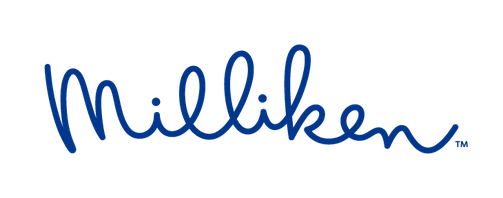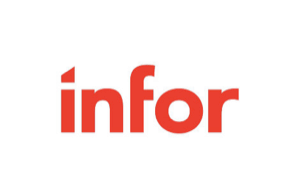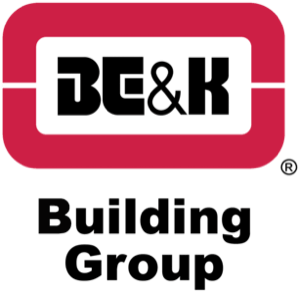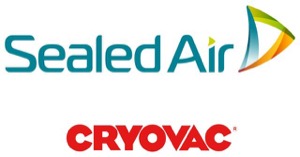DITA Localization Services
You publish technical content with the DITA XML standard, so you understand the need for efficient content management. You also know that not all translators can handle the complexities of DITA localization.
You need DITA localization providers that can take DITA files in one language and return translated DITA files with no XML tag errors. You need a DITA translation company that can provide consulting on DITA localization best practices and on how to avoid common DITA translation pitfalls such as grammar errors in the compiled texts.
IVANNOVATION translates millions of words of DITA content every year. It has helped large enterprises publish elearning materials, online help documentation, technical writing, and other structured content in dozens of languages.
Get in touch with IVANNOVATION’s expert DITA localization project managers to discuss how to localize your DITA content with top quality and efficiency.
Get a quote for localizing your DITA XML content.

The DITA localization workflow is simple: deliver DITA source files to IVANNOVATION, approve our quote, and then receive translated DITA files, which you can push live to your audiences.
Not every translator or company in the language industry can understand complex files in DITA format and produce translated content without breaking the source code, but IVANNOVATION has been localizing such files for decades.
Deliver either DITA source files or XLIFF files to IVANNOVATION, and receive translations. It’s that easy.
IVANNOVATION Localizes a Variety of Structured Content Types, Including:
DITA XML is a standard for structured authoring that maximizes reuse of text for efficient and consistent content production, making it a perfect match for IVANNOVATION’s localization methodology.
With DITA XML, topics can be composed and then reused across your entire content library as needed to prevent duplicated effort and to ensure that updates and corrections can be propagated instantly everywhere.
This philosophy of content reuse matches IVANNOVATION’s translation project management workflow whose goal is also to maximize the reuse of translated text and to eliminate inconsistencies between translated texts. As text variations are eliminated through the use of the DITA standard, so is the need to translate those variations.
What’s more, IVANNOVATION saves DITA translations into translation memories so that as content is updated, unchanged content will be translated for free. Only updated sections and sentences need the human touch. In this way you can improve document quality and lower translation costs.
Fill out the form to receive a free quote for DITA localization services today. Because now is the best time to prepare for global success.







DITA stands for “Darwin Information Typing Architecture.” It is an open standard for structured authoring which maximizes the reuse of text across an entire content library.
Content developers use open source tools such as DITA Open Toolkit (DITA-OT) or paid software such as Oxygen XML or Heretto to write the content and then compile it and publish it as a finished product in an output format such as PDF, HTML, or something else.
For a more complete description of DITA and its uses, read the section below or visit our article What is DITA XML? | An Introduction.
DITA stands for “Darwin Information Typing Architecture.” It is an open standard for structured authoring which maximizes the reuse of text across an entire content library.
Content developers use open source tools such as DITA Open Toolkit (DITA-OT) or paid software such as Oxygen XML or Heretto to write the content and then compile it and publish it as a finished product in an output format such as PDF, HTML, or something else.
For a more complete description of DITA and its uses, read the section below or visit our article What is DITA XML? | An Introduction.
Companies of all sizes have reported up to 30%-50% gains in efficiency in their content authoring after switching to the DITA documentation standards.
For example, a company manufactures bicycles and publishes a user guide for each model; if each model of bicycle has the same wheels, then the user guide section on wheels can also be identical. With DITA XML, technical writers can write and maintain one chapter on wheels, and the company’s content management system can automatically pull that chapter from the DITA files and place it into every relevant user guide.
Further, when an update is made on a chapter, that update propagates instantly to all of the documents that use that chapter.
Compiling DITA to prepare for publishing inserts text into other texts using references. These references should be used carefully to avoid making grammar errors in English. However sometimes DITA that compiles into perfect English can create errors in other languages.
That’s because words in some languages take an entirely different form depending on whether they are used as a subject or object. Words in some languages have grammatical gender references, which can affect other words surrounding them. Plural forms of verbs in some languages are used differently from the English language’s paradigms for zero, one, and more than one object.
All of these complications mean that technical writers using DITA should work with translation providers to ensure that the source text will be localizable and can create excellent error-free documents in any language. Translation providers also need to be familiar with the DITA framework and concepts such as DITA elements, conref attributes, lang attributes, dir attributes, DITA maps, DITA topics, etc.
Compiling DITA to prepare for publishing inserts text into other texts using references. These references should be used carefully to avoid making grammar errors in English. However sometimes DITA that compiles into perfect English can create errors in other languages.
That’s because words in some languages take an entirely different form depending on whether they are used as a subject or object. Words in some languages have grammatical gender references, which can affect other words surrounding them. Plural forms of verbs in some languages are used differently from the English language’s paradigms for zero, one, and more than one object.
All of these complications mean that technical writers using DITA should work with translation providers to ensure that the source text will be localizable and can create excellent error-free documents in any language. Translation providers also need to be familiar with the DITA framework and concepts such as DITA elements, conref attributes, lang attributes, dir attributes, DITA maps, DITA topics, etc.
As companies realize efficiency savings while writing technical content in English, they will also save in proportion as they translate DITA projects into other languages.
Every instance of content reuse represents savings in not only composition but also translation services because our translation technology ensures that our translators have to translate any given text only one time. The translation is then ready to be reused for free whenever the source text is repeated.
Tell us what you have in mind. Let us deliver results.
Our DITA content localization services have helped companies make content appropriate for people who speak languages used around the world, including:
Contact us today for solutions and a free quote.